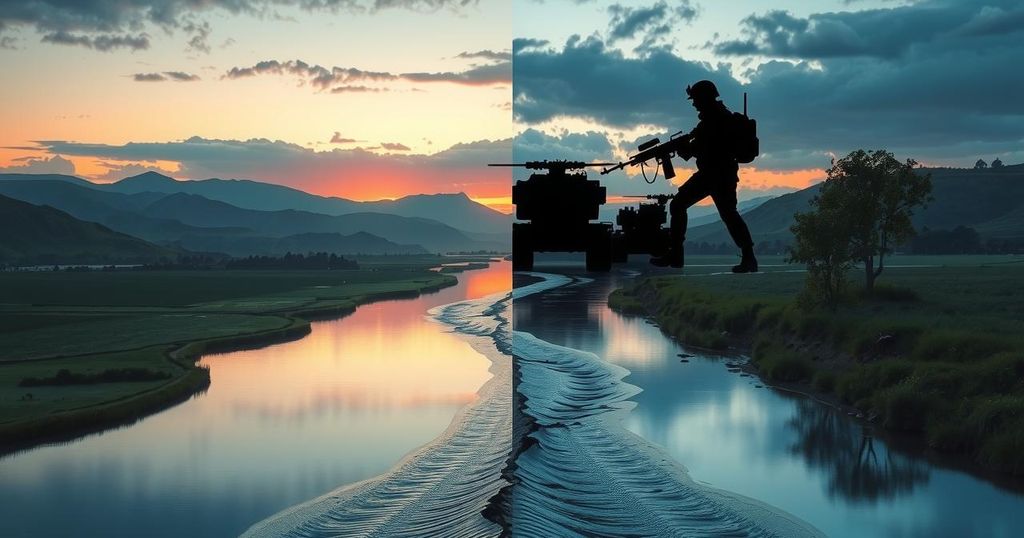South African Military Chief Confirms FARDC Rockets Fired into Rwanda

South African military chief Gen Rudzani Maphwanya reported that FARDC fired rockets into Rwanda, leading to the deaths of 14 SADNF soldiers during the SADC mission in DR Congo. He clarified that the incident stemmed from actions at the Goma airport. South African MPs are questioning the mission’s alliances and strategies following this crisis.
General Rudzani Maphwanya, the Chief of the South African National Defence Force (SANDF), confirmed that the Armed Forces of the Democratic Republic of the Congo (FARDC) launched rockets into Rwanda. This statement came during a parliamentary committee meeting attended by Defence Minister Angie Motshekga, who discussed the death of 14 SADNF soldiers in the SADC mission to combat M23 rebels in Eastern DR Congo.
Maphwanya indicated that the rockets were fired from the Goma airport base by FARDC members stationed there. This contradicts earlier accounts by President Cyril Ramaphosa, who attributed the soldiers’ deaths solely to M23 rebels. Rwandan President Paul Kagame noted that Ramaphosa acknowledged the involvement of FARDC in the incident that led to the soldiers’ casualties.
Maphwanya described an exchange of fire between the DRC and Rwanda, initiated by FARDC. He stated that the firing aimed at Rwanda was not directed against SADNF troops initially. To clarify their presence and avoid further conflict, the SADNF commander raised a white flag to signal that they were not involved in the hostilities, which ultimately halted the fire towards their position.
With over 1,500 soldiers deployed in DR Congo under the SADC mission, the South African military collaborates with various forces, including Congolese and Burundian troops, and the FDLR militia in the fight against M23 rebels. In response to the fatalities of SADNF soldiers, South African MPs have raised concerns over the mission’s mandate and the implications of aligning with groups accused of genocidal actions.
The context of this situation involves ongoing conflict in the eastern Democratic Republic of the Congo, where multiple factions, including M23 rebels, challenge governmental authority. The Southern African Development Community (SADC) has deployed troops to support the Congolese government, but complications arise from alliances with local militias, some of which carry a history of violence and human rights violations. This backdrop sets the stage for diplomatic tensions and military engagement in the region, particularly in relation to Rwanda’s involvement and response to cross-border hostilities.
The confirmation by SANDF leadership regarding FARDC’s actions highlights the complexities of military engagement in volatile regions. It raises critical discussions about the adequacy of the SADC mission’s strategy, the necessity of partnerships with controversial militia groups, and the diplomatic ramifications of crossfire between neighboring states. Ongoing scrutiny from South African MPs suggests a need for clearer oversight and strategy in future operations.
Original Source: www.newtimes.co.rw







